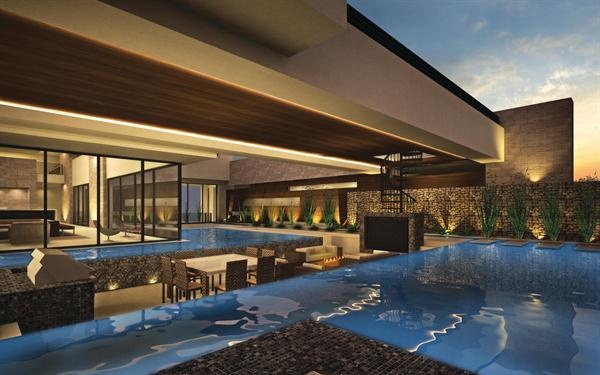Remember when Architects and Engineers were still pondering the sustainability of the sustainability fad? In 2009, posts like LEED Accreditation – Fad or Necessity? from the Civil Engineering Central Blog and Is LEED a Load? from the Archinect Discussion Forum were popping up all over the place. Four years later, the industry may have a better grasp on what green means, but some of those original fears and worries may also have a right to remain. This week’s installment of Friday Finds by a/e ProNet includes a pair of articles commenting on the current status of LEED and Green Design.
As Important As It Is, LEED Can Be So Embarrassing — via TheAtlanticCities.com

“But, man, there are a lot of warts in this system.”
LEED has been criticized for:
Being insufficiently demanding of its applicants. Shoot high enough to seem relevant, but low enough that designers will see the standards as achievable and worth trying for.
USGBC, although a non-profit, needs revenues to keep the system going. “If difficulties in the standards or the process of application are too demanding, fewer potential applicants will be willing to pay the costs of documentation and formal review.”
Has “become pro forma, more about earning points than achieving actual environmental performance.”
“I recount this long-winded intro because my friend Lloyd Alter of the environmental website Treehugger has just written a terrific story about a new, supposedly super-green house being touted as “the new face of efficiency” even though it’s really a gigantic luxury house placed in a location where residents have no choice but to drive long distances to do anything. This is ultra-green? Sadly, LEED seems to think so.”
Read more about The New American Home 2013.
Designers’ Risk: The Dark Side of Going Green — via The Illinois Construction Law Blog
“The language and presumptions of sustainable “green” design are changing a significant portion of the landscape for all stakeholders in the construction and building-related industries. “Green” building impacts everything from the selection of carpeting and window treatments to how far the materials have to be shipped to the project before installation. And with ever evolving sustainable design standards and building codes (e.g. the International Green Construction Code), it is important that designers understand how “green” projects affect their risk. “
Here’s hoping the continued dialogue on these issues will lead to a better understanding and implementation of LEED.
